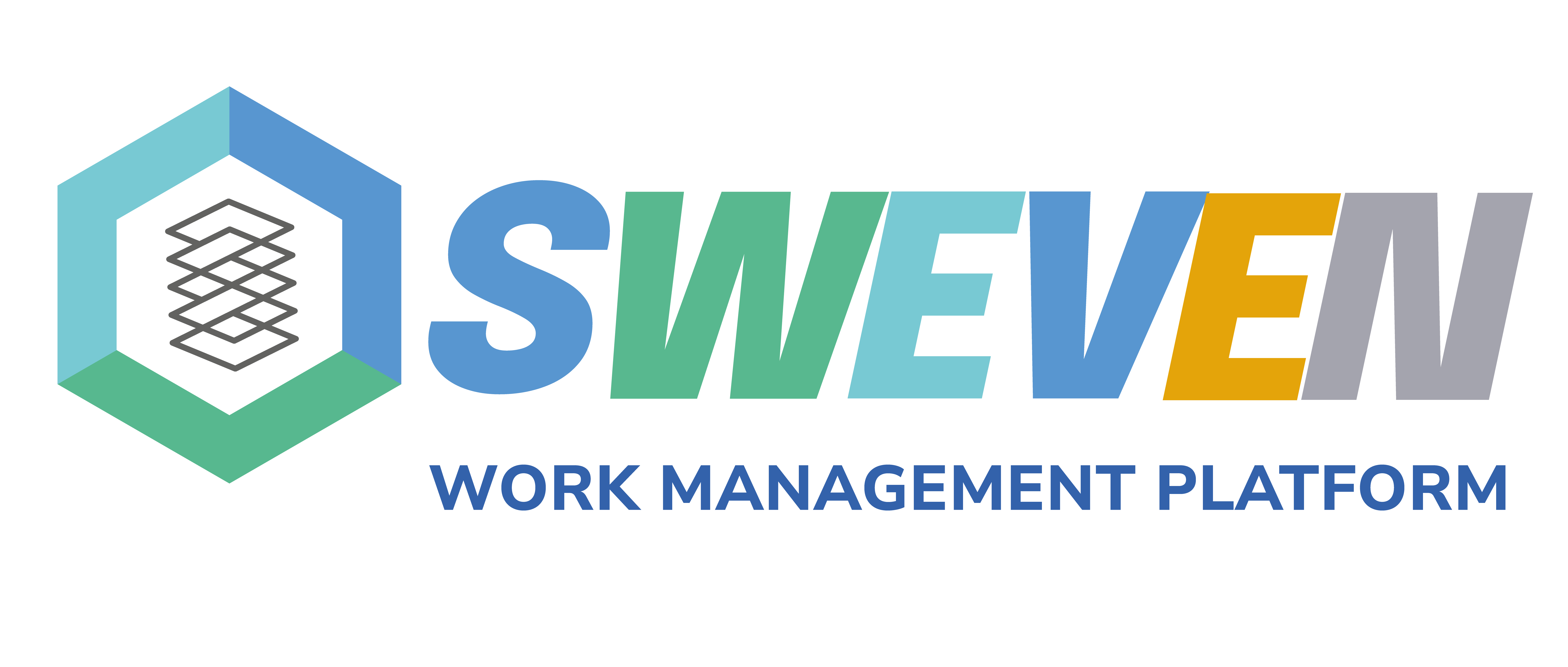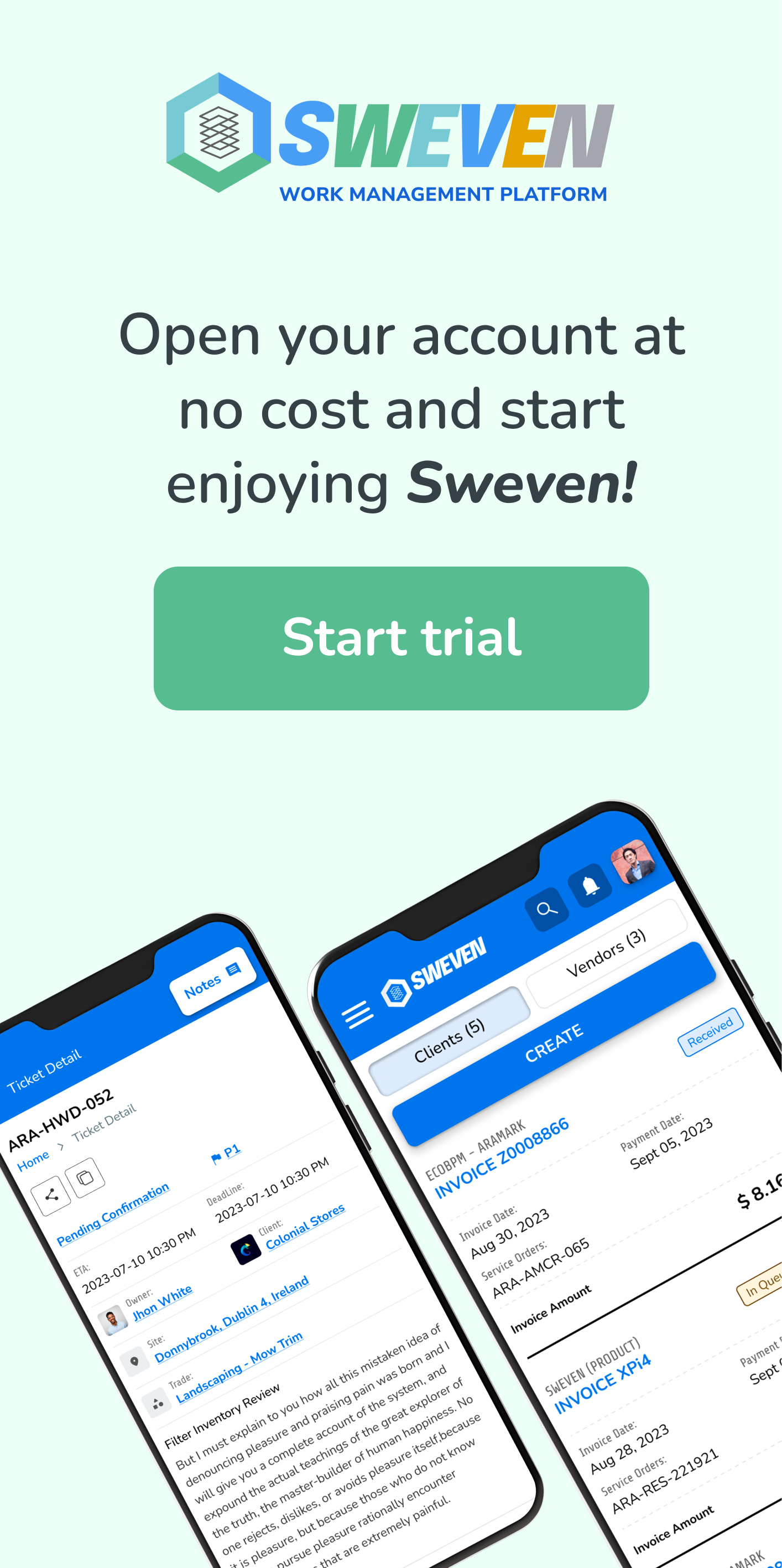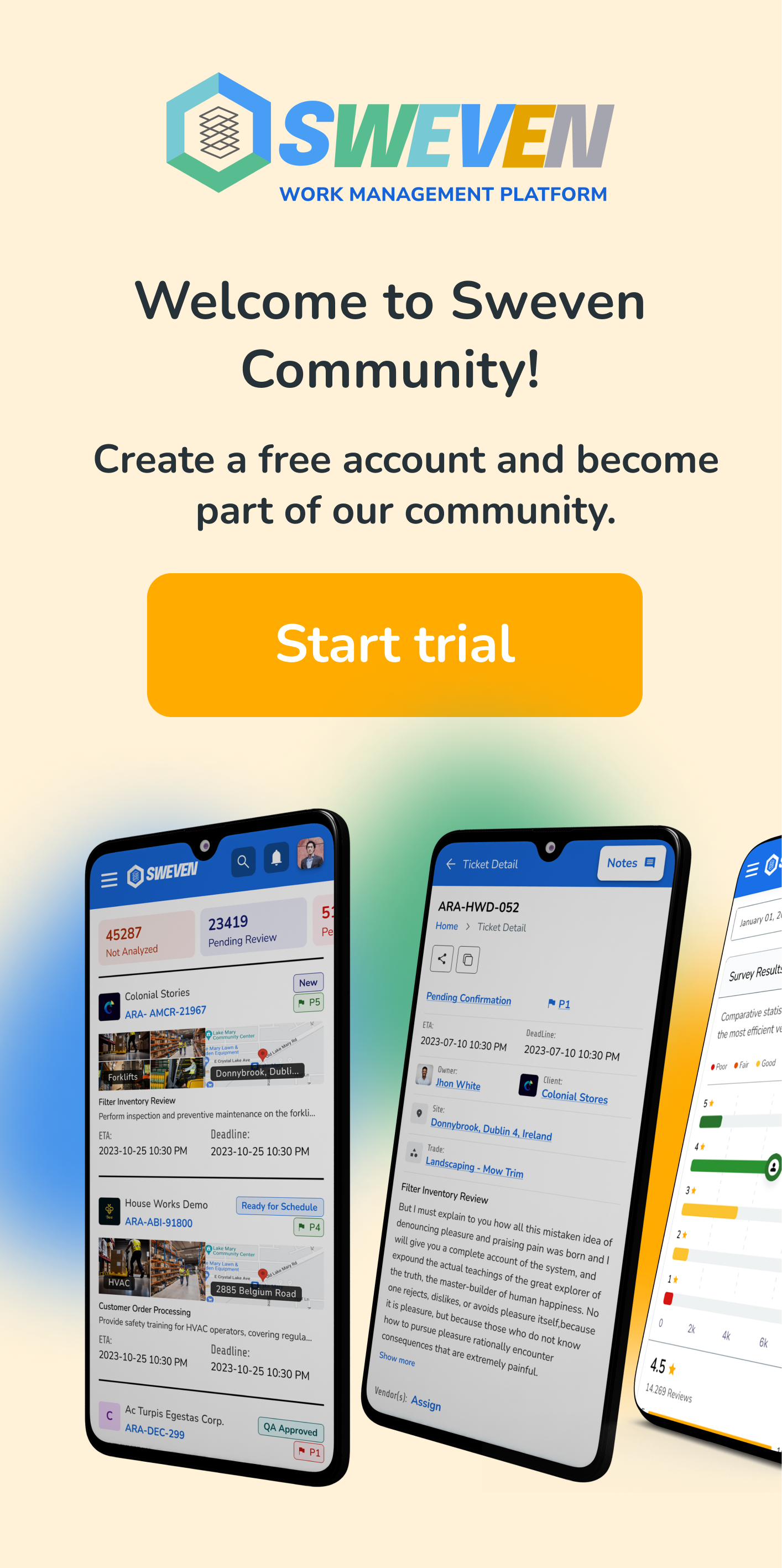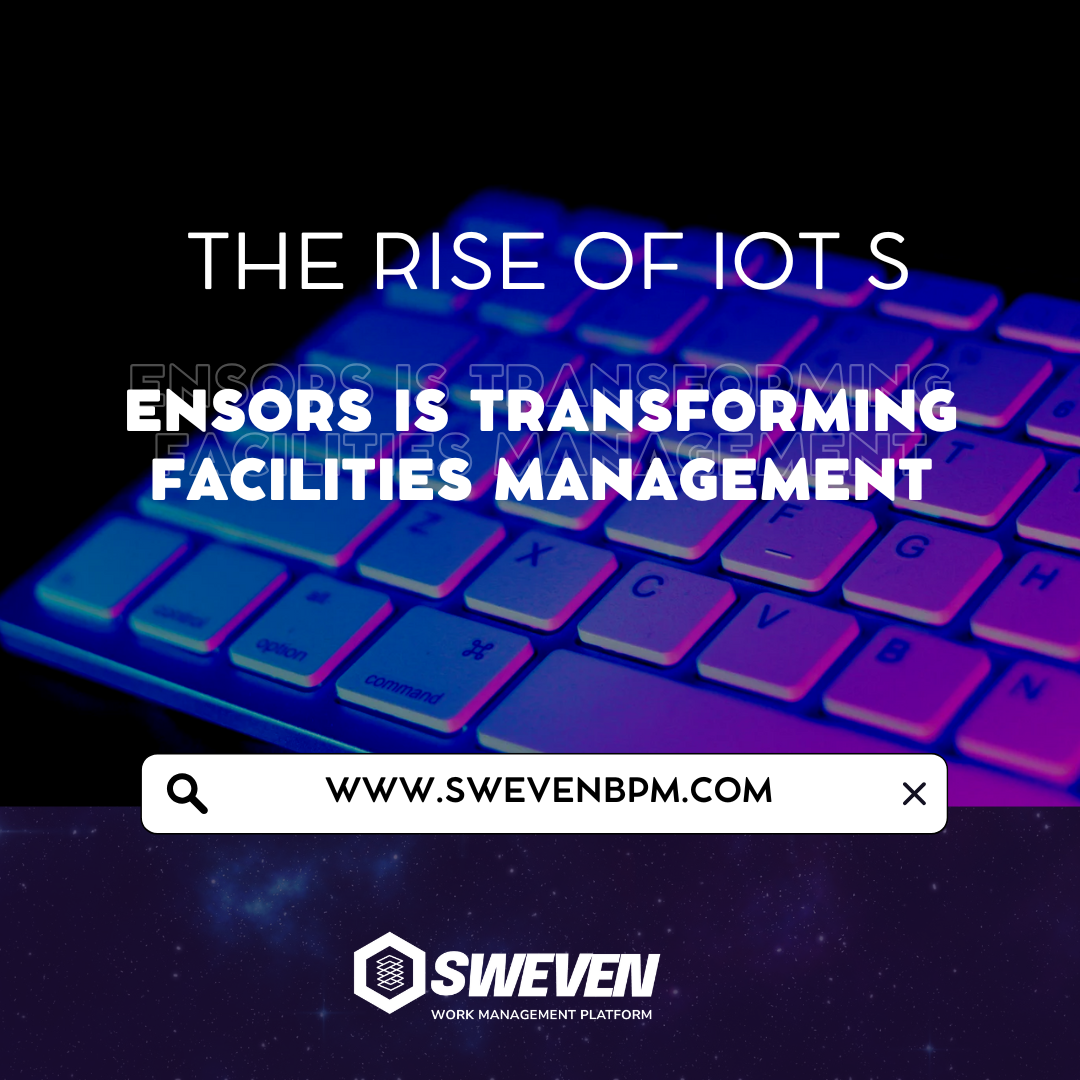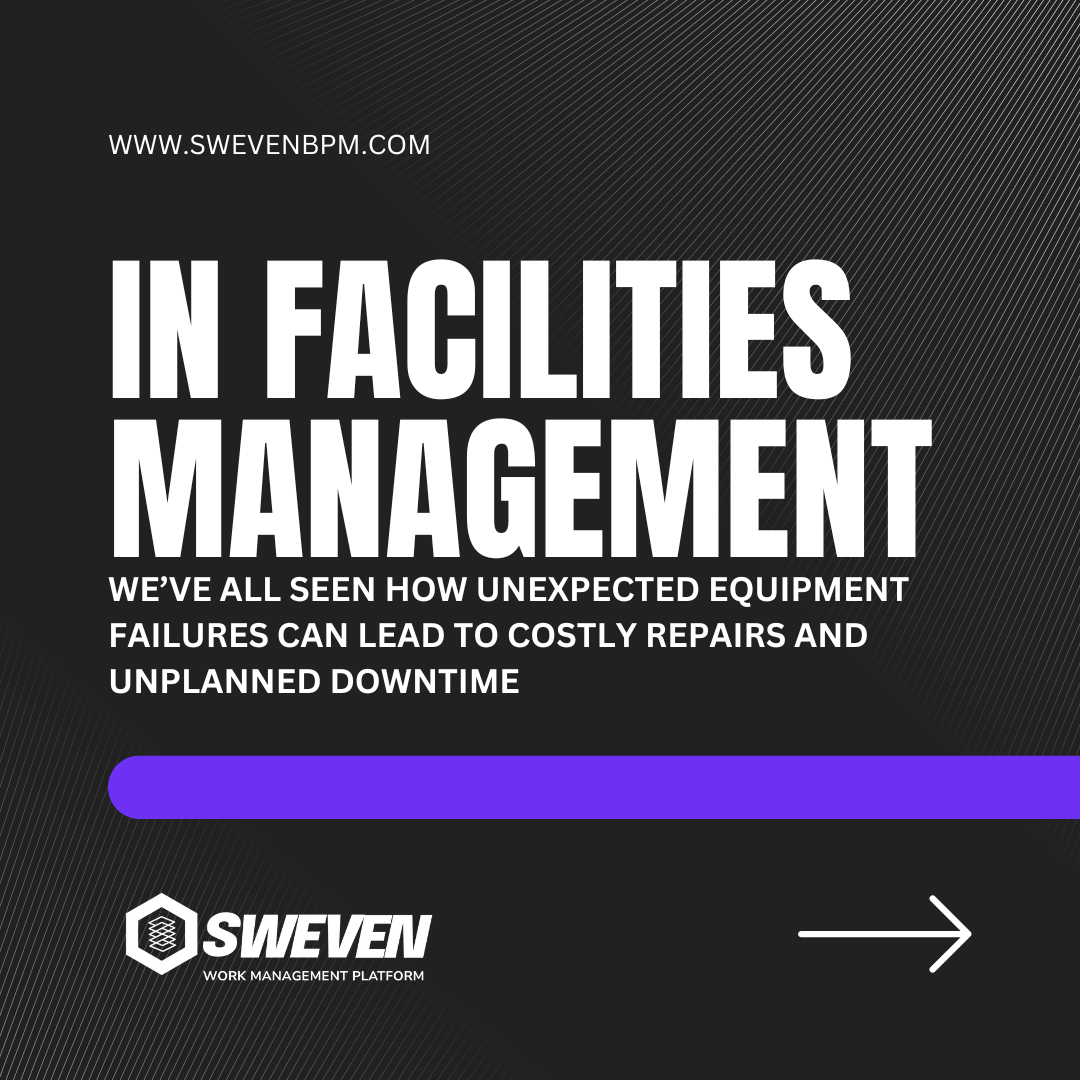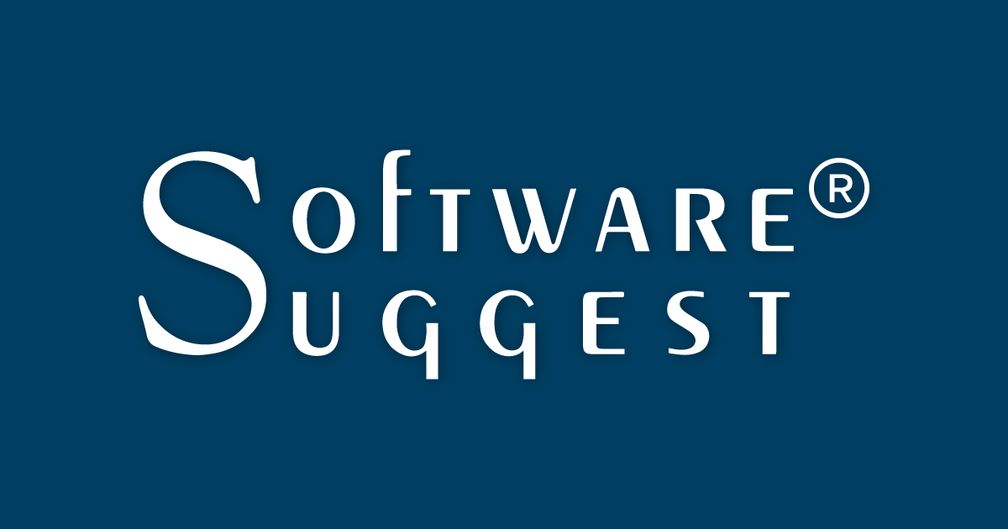
In the ever-evolving world of technology, businesses must continuously adapt to remain competitive. New technologies promise enhanced efficiency, productivity, and innovation, but implementing them often comes with the significant challenge of training staff. Employees can feel overwhelmed and resistant, which can delay the benefits of new systems and even lead to operational disruptions. Addressing these difficulties requires a dual approach: offering comprehensive training programs and developing user-friendly interfaces that ease the learning curve.
Understanding the Pain Point: Difficulties in Training Staff on New Technologies
Training staff on new technologies presents several challenges for organizations:
- Resistance to Change: Employees may be reluctant to move away from familiar systems and processes, fearing the unknown and potential job security impacts.
- Learning Curve: New technologies can have steep learning curves, making it difficult for staff to quickly become proficient.
- Time and Resource Constraints: Effective training requires time and resources, which can strain an organization’s operations and budget.
- Varying Skill Levels: Staff members may have different levels of technological proficiency, necessitating tailored training approaches to accommodate diverse needs.

Solution: Offering Comprehensive Training Programs and User-Friendly Interfaces
To overcome the challenges of training staff on new technologies, businesses can implement comprehensive training programs and develop user-friendly interfaces that facilitate smoother transitions and quicker adoption.
Comprehensive Training Programs
A well-structured training program is essential for equipping staff with the knowledge and skills needed to use new technologies effectively.
- Initial Assessments: Conduct assessments to gauge the current skill levels of employees, allowing for the customization of training programs to meet diverse needs.
- Tailored Training Modules: Develop training modules that address different aspects of the new technology, catering to varying skill levels and learning paces.
- Hands-On Training: Incorporate practical, hands-on training sessions where employees can interact with the new technology in a controlled environment, building confidence and proficiency.
- Ongoing Support and Resources: Provide continuous support through help desks, online resources, and mentorship programs to assist employees as they transition to the new system.
- Feedback Mechanisms: Implement feedback loops to gather employee input on training effectiveness and areas for improvement, ensuring that training programs remain relevant and effective.
User-Friendly Interfaces
The design and usability of new technologies play a crucial role in how quickly and effectively staff can adapt to them.
- Intuitive Design: Develop interfaces that are intuitive and easy to navigate, minimizing the learning curve for users.
- Clear Instructions and Guidance: Include clear, concise instructions and in-app guidance to help users understand and perform tasks without extensive training.
- Consistency: Maintain consistency in design and functionality across different parts of the system to reduce confusion and enhance usability.
- Customization Options: Allow users to customize their interfaces to suit their preferences and workflows, improving comfort and efficiency.
- Accessibility Features: Incorporate accessibility features to ensure that the technology is usable by all employees, including those with disabilities.
Benefits of Comprehensive Training Programs and User-Friendly Interfaces
By combining comprehensive training programs with user-friendly interfaces, businesses can enjoy several benefits:
- Faster Adoption: Employees can quickly become proficient with new technologies, reducing downtime and accelerating the realization of benefits.
- Increased Productivity: Well-trained staff and easy-to-use systems enhance productivity and efficiency, leading to better overall performance.
- Improved Employee Morale: Providing effective training and user-friendly tools demonstrates a commitment to employee development, boosting morale and job satisfaction.
- Reduced Errors and Issues: Thorough training and intuitive interfaces reduce the likelihood of errors and operational issues, improving reliability and quality.
- Long-Term Success: Investing in training and usability fosters a culture of continuous learning and adaptation, positioning the organization for long-term success in a rapidly changing technological landscape.

Conclusion
Training staff on new technologies is a critical but often challenging task for businesses aiming to stay competitive in today’s fast-paced environment. The difficulties associated with this process can be mitigated by offering comprehensive training programs and developing user-friendly interfaces that ease the transition and enhance usability.
By prioritizing employee development through tailored training and intuitive design, organizations can ensure that their staff is well-equipped to leverage new technologies effectively. This approach not only facilitates quicker adoption and increased productivity but also fosters a positive work environment where employees feel supported and valued.
In an era where technological advancements are constant, the ability to smoothly integrate new systems and empower employees to use them confidently is a key driver of sustained success. By addressing the training challenges head-on with thoughtful strategies, businesses can unlock the full potential of their technological investments and thrive in an increasingly digital world.
